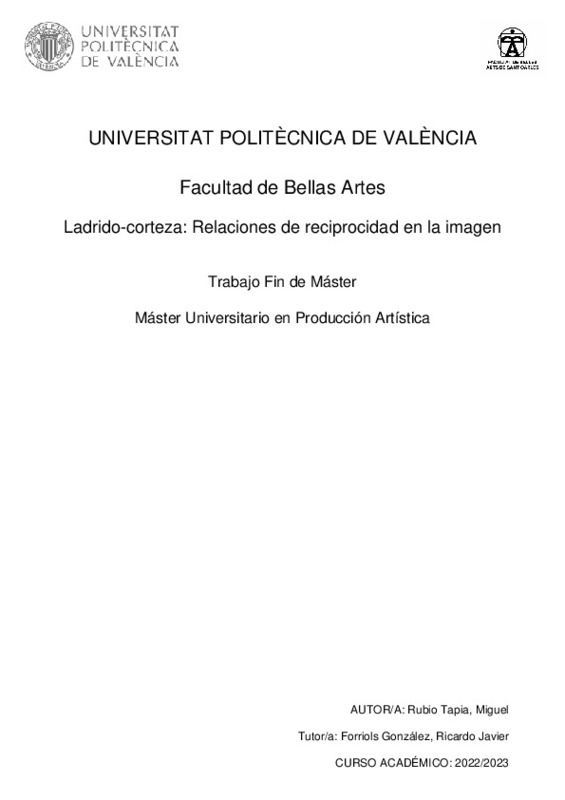|
Resumen:
|
[ES] El presente trabajo recoge una serie de propuestas artísticas que se plantean como acercamientos y apuntes para trazar el rastro del dispositivo colonial y su forma de legitimarse desde la imagen. Se trata de una ...[+]
[ES] El presente trabajo recoge una serie de propuestas artísticas que se plantean como acercamientos y apuntes para trazar el rastro del dispositivo colonial y su forma de legitimarse desde la imagen. Se trata de una genealogía de las vinculaciones del naturalismo y cientificismo, desde sus cristalizaciones formales y pictóricas, con una génesis militar y colonial. La investigación parte del poder de agencia que tienen las imágenes para, en primera instancia, describir la realidad y, en segunda y como consecuencia; producirla.
La aproximación tiene dos ejes sobre los que se estructuran las formas y el contenido de las piezas. En primer lugar, varias expediciones militares hacia las Islas Canarias por parte del ejército francés en el contexto ilustrado con motivos de aparente interés cartográfico, donde se desvelan como cuerpos extraños una serie de imágenes que permiten y legitiman la circulación del relato colonial. En segundo lugar, la gestión de los cuerpos momificados guanches y su catalogación de objeto museístico y exótico, además de su desplazamiento entre Canarias, París y Necochea, funcionan como repliegue temporal de la narración colonial, reabriendo la postura literal como metáfora del punto de enunciación Ilustrado.
[-]
[EN] The present work includes a series of artistic proposals considered as approaches and notes to trace the historical remains of the colonial dispositif and its way of legitimizing itself though images. It is a genealogy ...[+]
[EN] The present work includes a series of artistic proposals considered as approaches and notes to trace the historical remains of the colonial dispositif and its way of legitimizing itself though images. It is a genealogy of the links between naturalism and scientism, from their formal and pictorial crystallizations, with a military and colonial genesis. This investigation starts from the agency power that images have to, firstly, picture reality and, secondly and as a consequence; produce it.
The approach has two axes on which the shapes and content of the pieces are structured. Firstly, various military expeditions to the Canary Islands by the French army in the illustrated context with reasons of apparent cartographic interest, where a series of images that allow and legitimize the circulation of the colonial context are revealed as foreign bodies. Secondly, the management of the Guanche mummified bodies and their cataloging as museum and exotic objects, in addition to their movement between the Canary Islands, Paris and Necochea, function as a temporary retreat from the colonial narrative, reopening the literal position as a metaphor for the point of enunciation. Illustrated.
[-]
|







